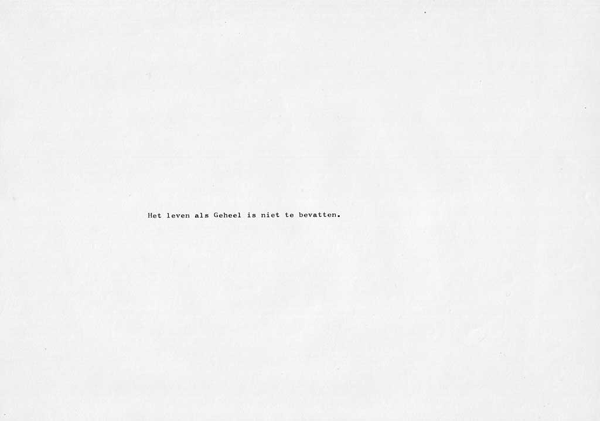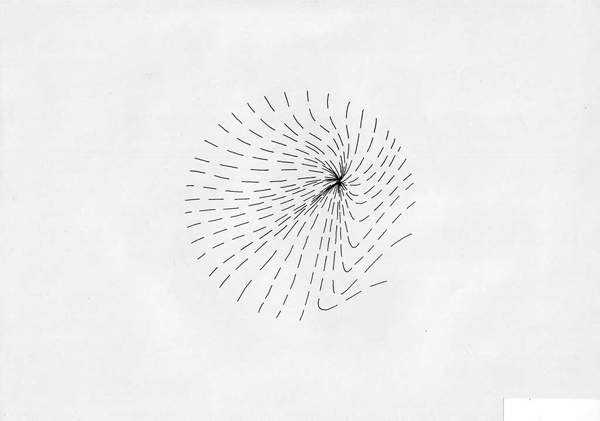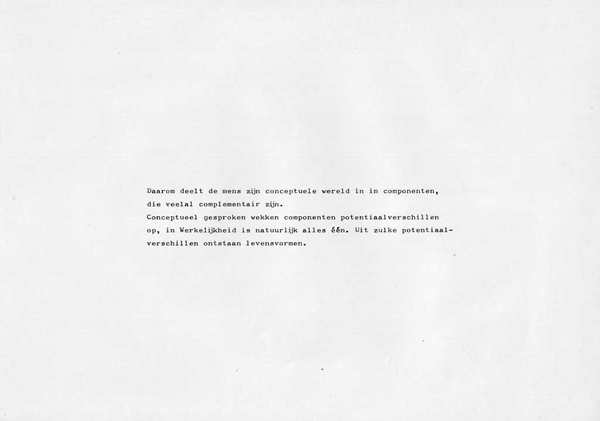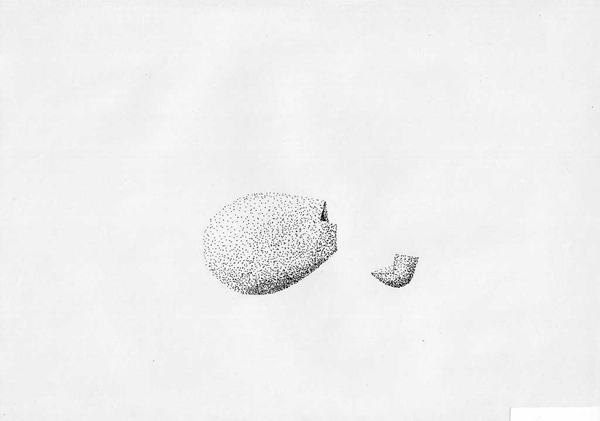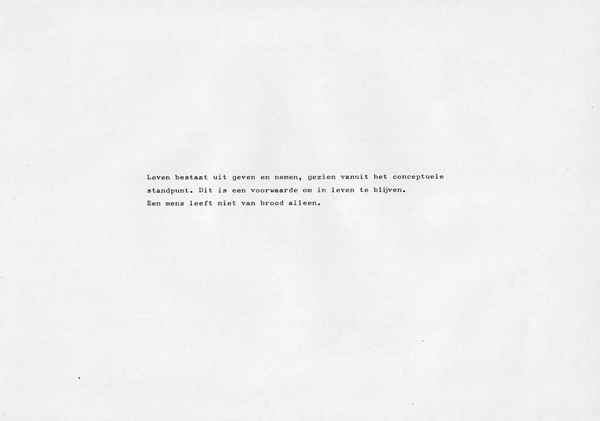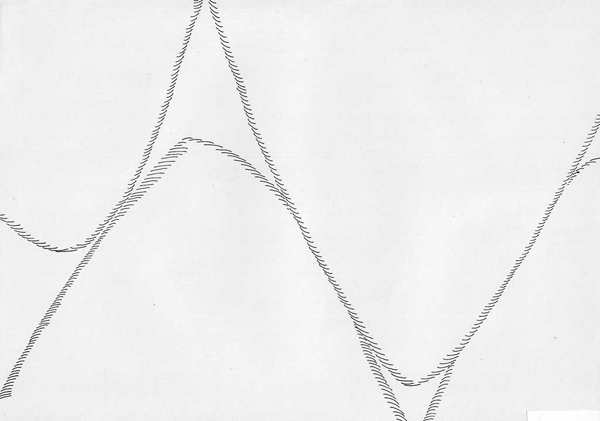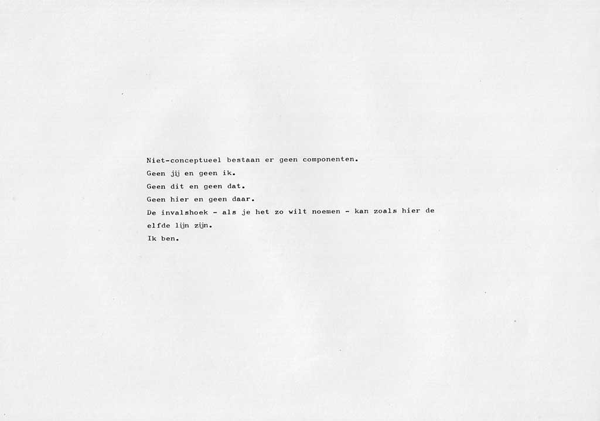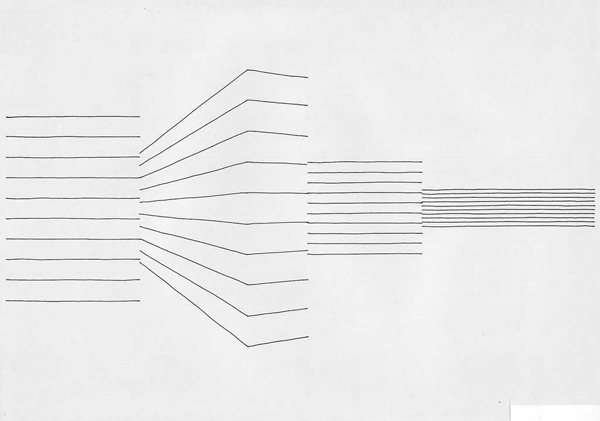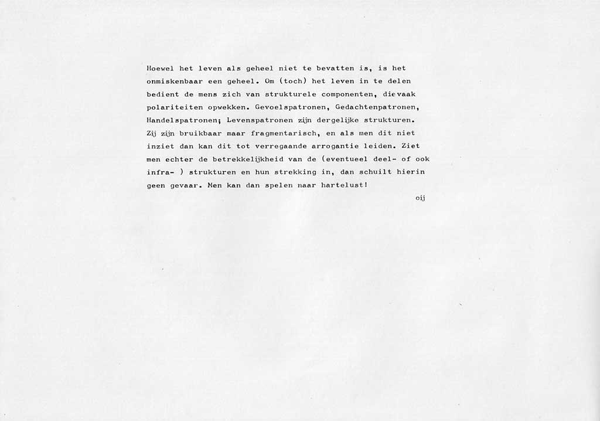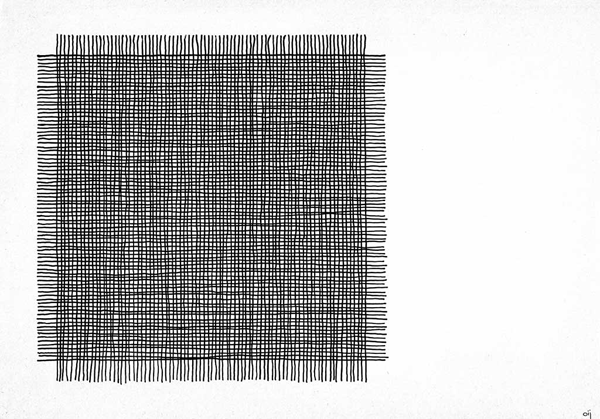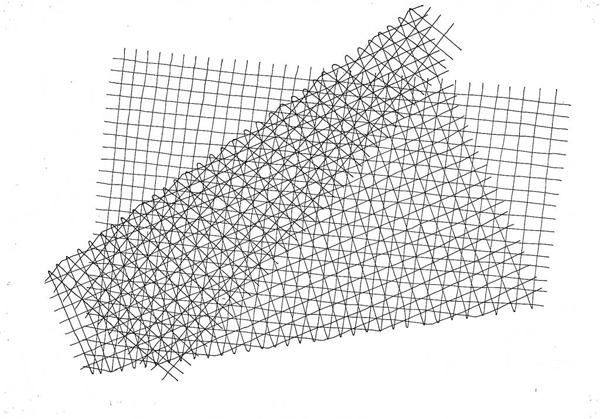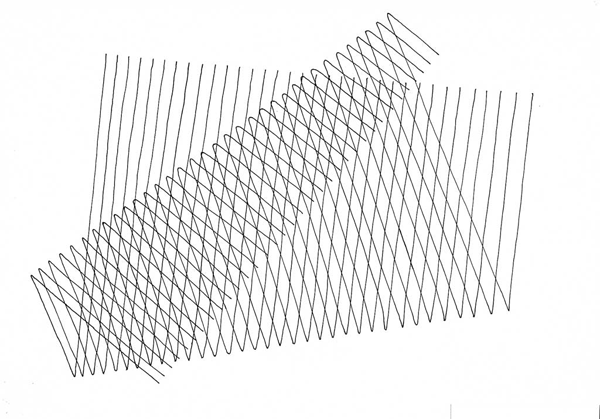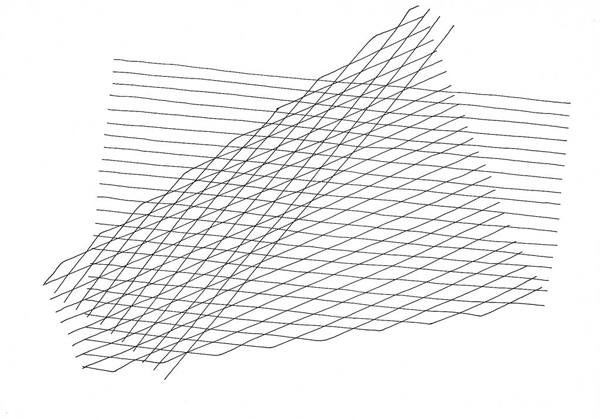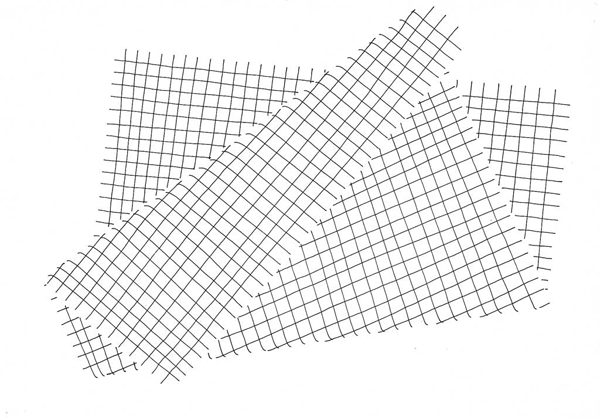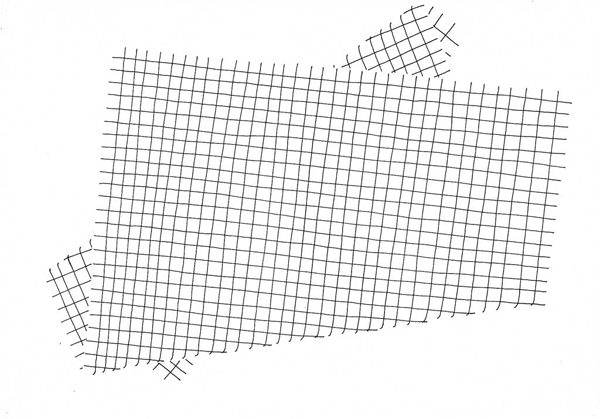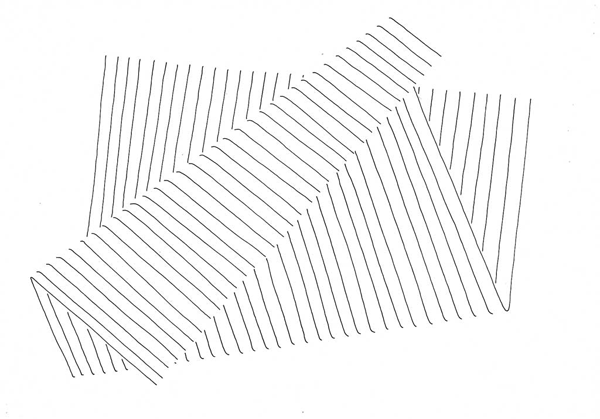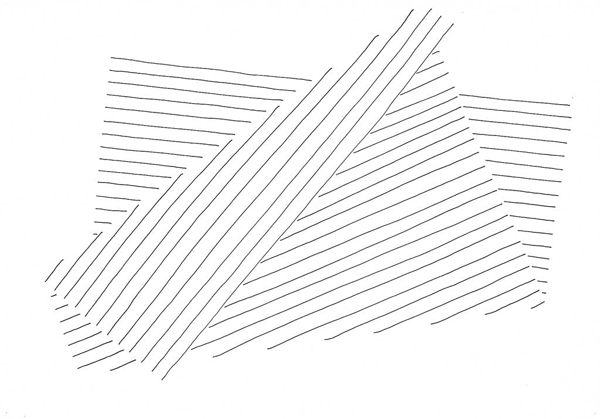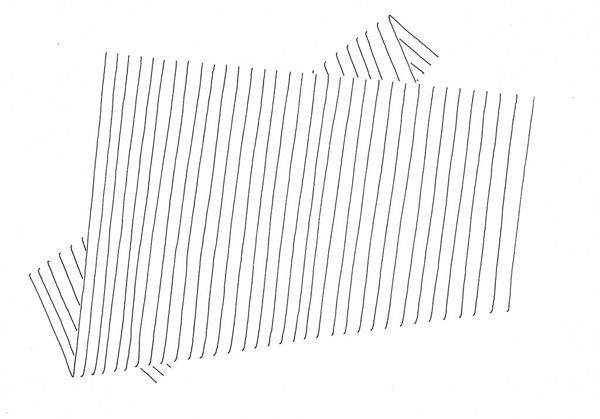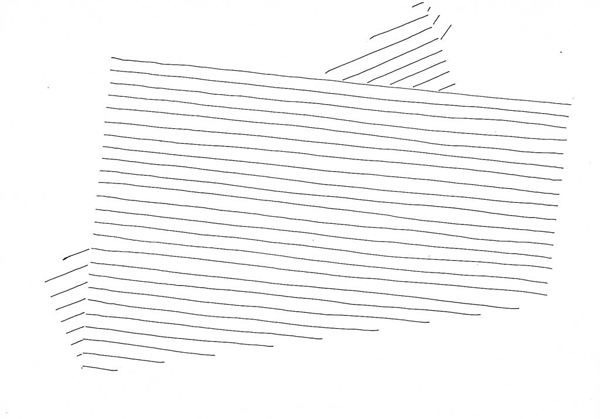Introduction
While studying architecture at the time, at 21 in 1980 I made a small book, summarizing my views on life at the time in both a philosophical and a visual way. Alongside my architecture studies I was also studying North Indian classical music, and became acquainted with a.o. the Advaita Vedanta view of life in Jnana Yoga1. During my architecture studies I also got to know and appreciate Christopher Alexander’s2 works, most in particular his book A Pattern Language3, a complete reference guide for architectural purposes, to patterns of human living. Along with a lifelong personal fascination by patterns, which today I would describe as archetypal cycles of energy and behavior, such was the inspiration for this small book, which I now publish here under the title Patterns 19804 for the first time, 32 years after its creation.
The original format of the book is A4 landscape; the text is made with an electrical typewriter, and the pen drawings are done by hand, without the use of a ruler, with black Indian ink on tracing paper.
Facsimile of the originals
- 1
- 2
- 3
- 4
- 5
- 6
- 7
- 8
- 9
- 10
- 11
- 12
- 13
- 14
- 15
- 16
- 17
- 18
- 19
English translation
- The full totality of life cannot be comprehended by the mind. For this reason man subdivides his conceptual world in components, that are largely complementary. Concepts create potential differences conceptually; in reality however all things are of course united and connected. Out of such potential differences life-forms emerge.
- From a conceptual point of view, life consists of giving and taking. This is a condition for remaining alive. Humankind does not live by bread alone.
- Non-conceptually no components exist. No you and me. No this and that. No here and there. The angle of access, if one would like to call it such, can as here be the eleventh line. I am.
- Although the full totality of life cannot be comprehended by the mind, it is unmistakably a totality, a wholeness. To (still) comprehend and subdivide life, humankind uses structural components, that often create polarities. Patterns of emotion, patterns of thought, patterns of behavior and patterns of life are such structures. They are useful but fragmented, and if one isn’t aware of their limitations this can lead to arrogance. Once one realizes the structures’ relativity however (and that of eventual infra- and partial structures as well), then there is no danger. Then (as homo ludens) one can play to one’s heart’s desire!
Original Dutch text
- Het leven als geheel is niet te bevatten. Daarom deelt de mens zijn conceptuele wereld in in componenten, die veelal complementair zijn. Conceptueel gesproken wekken componenten potentiaalverschillen in de hand; in werkelijkheid is natuurlijk alles één. Uit zulke potentiaalverschillen ontstaan levensvormen.
- Leven bestaat uit geven en nemen, vanuit het conceptuele standpunt. Dit is een voorwaarde om in leven te blijven. Een mens leeft niet van brood alleen.
- Niet-conceptueel bestaan er geen componenten. Geen jij en geen ik. Geen dit en geen dat. Geen hier en geen daar. De invalshoek, als je het zo wilt noemen, kan zoals hier de elfde lijn zijn. Ik ben.
- Hoewel het leven als geheel niet te bevatten is, is het inmiskenbaar een geheel. Om (toch) het leven in te delen bedient de mens zich van structurele componenten, die vaak polariteiten verwekken. Gevoelspatronen, gedachtenpatronen, handelingspatronen en levenspatronen zijn dergelijke structuren. Zij zijn bruikbaar maar fragmentarisch, en als men dit niet inziet kan dit tot vergaande arrogantie leiden. Ziet men echter de betrekkelijkheid van de structuren (en ook eventuele infra- of ook wel deelstructuren) in, dan schuilt hierin geen gevaar. Men kan dan spelen naar hartelust!
Footnotes
- Pronunciation nyana yoga, see also Wikipedia on Jnana Yoga ↩
- Wikipedia on Christopher Alexander ↩
- Christopher Alexander’s website on A Pattern Language ↩
- Originally it was untitled ↩

